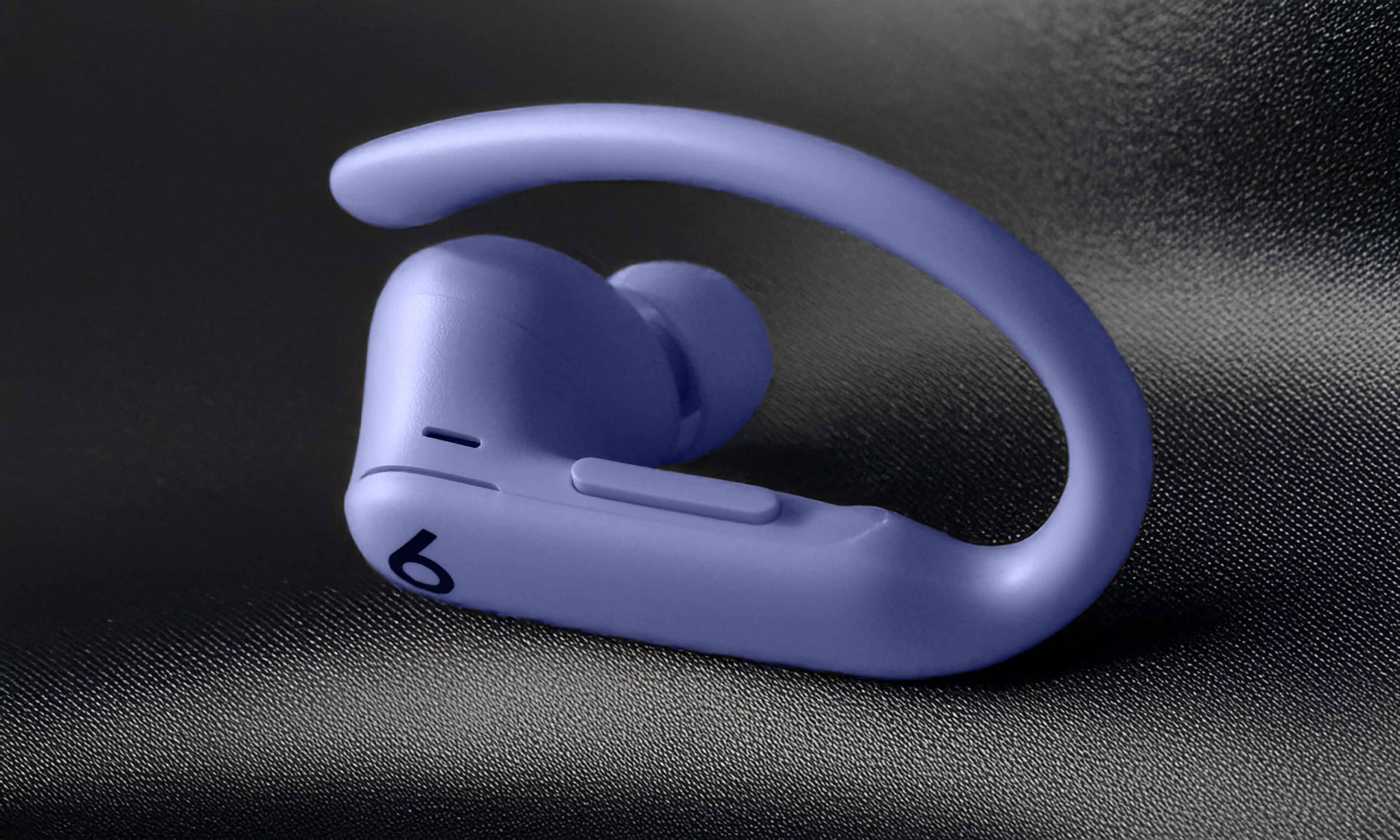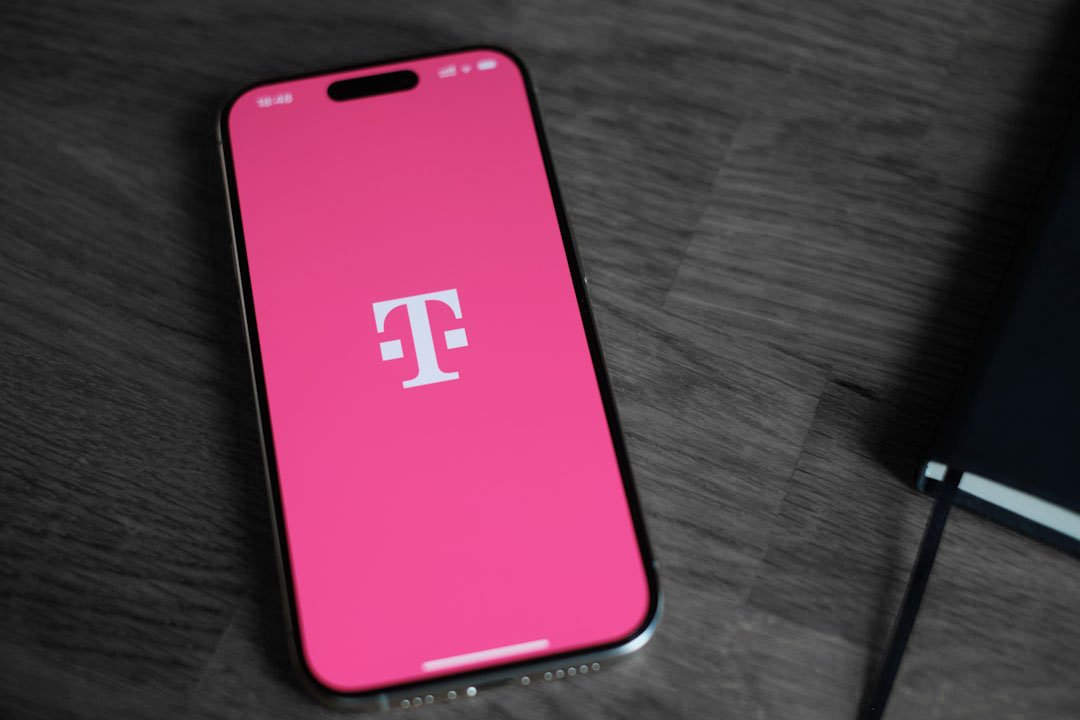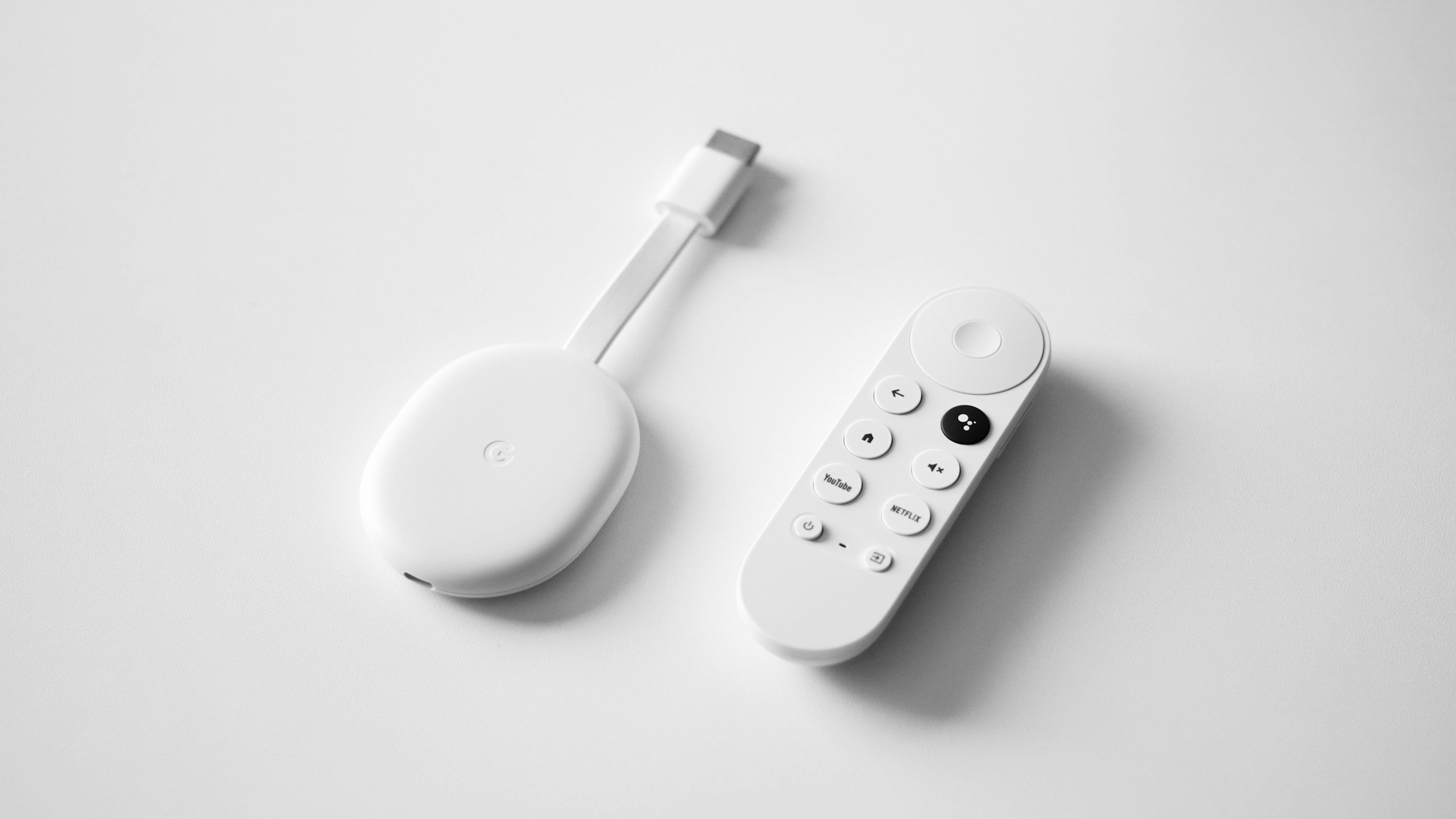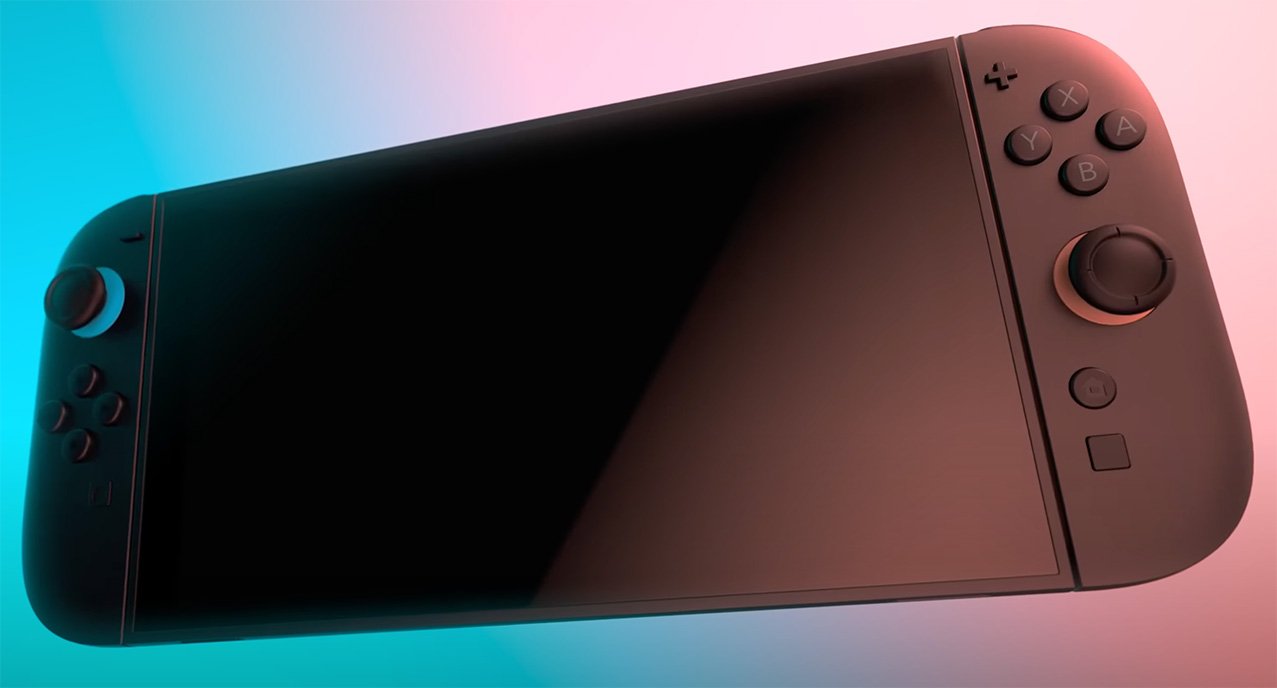iPhone 15 Mini – The Apple Product You'll Never Get to See
When you purchase through links on my site, I may earn an affiliate commission. Here’s how it works.
Table of Contents Show
Where is the iPhone 15 Mini? It's a good question that both Apple enthusiasts and tech analysts are trying to figure out.
Now, you might remember the iPhone 12 Mini, a device that Apple launched back in 2020 to much fanfare.
It was supposed to be the answer for those who wanted a smaller, more pocket-friendly iPhone with all the bells and whistles of its larger counterparts.
But fast forward to 2024, and there's no iPhone 15 Mini in sight. So, what happened? Let's break it down.
1. The Rise and Fall of the iPhone Mini
The iPhone 12 Mini, introduced in 2020, was Apple's answer to a growing demand for a small-screen device packed with the latest features.
The phone was a hit among a niche audience who loved its compact form factor, and for a while, it seemed like the "Mini" form factor was here to stay.
However, the iPhone 14 lineup in 2022 marked the end of the road for the Mini, and it was conspicuously absent from the iPhone 15 series launched in 2023.
Sales Numbers Don't Lie
One of the main reasons behind the Mini's demise appears to be its underwhelming sales performance.
According to data from Consumer Intelligence Research Partners (CIRP), the iPhone 12 Mini made up only 6 % of iPhone 12 sales in the U.S. during its first two months.
This number dropped even further for the iPhone 13 Mini, which accounted for just 3 % of iPhone 13 sales, as per CIRP's data released in April 2022.
The iPhone Plus Takes Over
With the iPhone 14, Apple introduced a new "Plus" model, featuring a 6.7-inch display, effectively replacing the Mini.
This new model aims to offer the latest features but in a different display size, catering to those who prefer larger screens.
Production Shifts
Apple's production strategies also played a role. Morgan Stanley reported that Apple reduced the production of the iPhone 12 Mini by two million units to allocate more resources to the more popular iPhone 12 Pro.
The Bigger Picture
Interestingly, low sales of the iPhone 14 Plus suggest that the issue may not be the device's size but perhaps a broader market trend.
Apple analyst Ming-Chi Kuo noted that Apple even had to cut down production due to a “lackluster” demand.
So, why did Apple decide to discontinue the Mini lineup? Was it solely due to poor sales, or is there more to the story? Could the Mini's demise be a sign of a broader trend in the smartphone industry?
And most importantly, what does this mean for consumers who still crave a smaller, high-performance iPhone?
2. The Untold Story: Why No iPhone 15 Mini?
Alright, let's get into the nitty-gritty. One of the most intriguing aspects of this whole Mini saga is the question of why Apple decided to pull the plug on a product line that, at least on paper, seemed to fill a unique niche.
You see, the Mini wasn't just a smaller iPhone. It was Apple saying, "Hey, we hear you. Not everyone wants a phone the size of a tablet." But then, just as quickly as it appeared, it vanished. So, what gives?
Sales
First and foremost, we have to consider the economics. Apple is a business, and like any business, it needs to make decisions that are financially sound.
The Mini models, despite their appeal to a certain demographic, were not pulling their weight in sales. As stated earlier, the iPhone 12 Mini and iPhone 13 Mini accounted for a small fraction of total iPhone sales. In a market driven by numbers, that's a red flag.
Battery Life
Another factor that likely played a role is battery life. Smaller phones have smaller batteries, and in an era where screen-on time is a key metric for many users, a device that can't last all day is a hard sell.
The Mini models, while packing a lot of tech into a small package, couldn't match the battery life of their larger siblings. This could have been a deal-breaker for many potential buyers.
Foldables
Let's not forget the elephant in the room: foldable phones. Companies like Samsung and Huawei have been pushing the envelope with devices that offer large displays in a compact form factor when folded.
While Apple hasn't jumped on the foldable bandwagon yet, the growing popularity of these devices could signal a shift in consumer preferences. Maybe the Mini's time has simply passed, overshadowed by the allure of foldable tech.
Software
Apple's software also plays a role in this. iOS has been increasingly optimized for larger displays, with features like widgets and Slide Over that make the user experience more dynamic and organized.
These features are less practical on a smaller screen, which could make the Mini less appealing to power users.
What's Next for Apple's Small Phone Strategy?
So, where does this leave us? Is the era of small iPhones officially over? Not necessarily.
Next year's iPhone 16 and the fourth-generation iPhone SE will probably both be expected to feature 6.1-inch displays.
While not as compact as the Mini, these devices could offer a middle ground for those who want a smaller phone without compromising on features.
In conclusion, the absence of the iPhone 15 Mini is a complex issue, influenced by a range of factors from sales numbers to evolving consumer preferences and technological trends.
While it's disappointing for fans of smaller phones, it's a move that makes sense for Apple from a business perspective.
3. The Consumer's Perspective: Is Bigger Always Better?
Alright, let's switch gears and talk about you – the consumer. The absence of the iPhone 15 Mini raises an important question: Are we moving towards a one-size-fits-all approach in the smartphone industry?
For years, Apple offered a range of sizes to cater to different needs, but the discontinuation of the Mini seems to signal a shift towards larger devices. But is bigger always better?
Ergonomics Factor
One of the main selling points of the Mini was its ergonomic design. The phone fits comfortably in one hand, making it easy to use on the go.
This is something that larger phones, despite their impressive displays and features, can't replicate.
The Mini was a nod to those who value comfort and ease of use, and its absence leaves a gap in the market.
Environmental Angle
Interestingly, smaller phones have a smaller environmental footprint. They require fewer materials to produce and leave behind less waste when they reach the end of their lifecycle.
In an age where sustainability is becoming increasingly important, the shift towards larger devices raises some ethical questions.
Affordability and Accessibility
Another point to consider is cost. Smaller phones are generally more affordable, making them accessible to a wider audience.
The Mini was a premium device at a more palatable price point, and its absence could limit options for budget-conscious consumers.
The Final Verdict: A Missed Opportunity or a Necessary Evolution?
So, is the absence of the iPhone 15 Mini a missed opportunity or a necessary evolution in Apple's product lineup?
The answer is complicated. On one hand, the Mini was a unique offering that catered to specific needs.
On the other hand, its poor sales performance suggests that it may not have been as universally appealing as Apple had hoped.
In the end, the story of the iPhone 15 Mini serves as a fascinating case study in consumer behavior, market trends, and business strategy.
It's a reminder that even the most innovative products need to align with consumer needs and market realities to succeed.
So, what do you think? Is the iPhone 15 Mini a product you would have loved to see, or are you happy with the direction Apple is taking?
Your voice matters, and I'd love to hear your thoughts down in the comments, or if you're more of a social media person, I'm there too.
And if you haven't already, make sure to sign up for my newsletter! It's full of the latest tech tips, detailed reviews, and the newest news from the tech world that you're definitely not going to want to miss out on.
Thanks a lot for reading! See you around.
FAQ
-
The iPhone 15 Mini was likely discontinued due to a combination of factors, including poor sales performance, shifting consumer preferences, and the rise of alternative technologies like foldable phones.
Apple's focus on larger displays also suggests a strategic shift in their product lineup.
-
Apple introduced the "Plus" model starting with the iPhone 14 lineup, effectively replacing the Mini.
The Plus model features a 6.7-inch display and aims to offer a middle ground for those who prefer larger screens without compromising on features.
-
While the Mini models packed a lot of tech into a small package, they struggled with battery life compared to their larger counterparts.
This was likely a contributing factor to their lower sales, as longer screen-on time is a key metric for many users.
-
Foldable phones from companies like Samsung and Huawei offer large displays in a compact form factor when folded.
While Apple has not yet entered the foldable market, the growing popularity of these devices could be influencing consumer preferences away from smaller, non-foldable phones like the Mini.
-
According to data from Consumer Intelligence Research Partners (CIRP), the iPhone 12 Mini accounted for only 6% of iPhone 12 sales during its first two months.
This number dropped even further for the iPhone 13 Mini, which made up just 3% of iPhone 13 sales.
-
While the Mini series has been discontinued, Apple is expected to continue offering phones with smaller displays, such as the fourth-generation iPhone SE.
These devices could offer a middle ground for those who prefer a smaller phone without compromising on features.
-
Smaller phones generally have a smaller environmental footprint, requiring fewer materials to produce and leaving behind less waste.
The shift towards larger devices raises questions about sustainability and ethical production.
-
Generally speaking, larger phones tend to be more expensive due to the increased cost of materials and more advanced features.
The absence of the Mini, which was a premium device at a more palatable price point, could limit options for budget-conscious consumers.
-
The discontinuation of the Mini series suggests a shift towards larger devices in the smartphone industry.
This could impact various factors, including ergonomics, environmental sustainability, and affordability.
-
Apple is expected to continue offering smaller phones, albeit not as compact as the Mini.
Devices like the upcoming iPhone 16 and the fourth-generation iPhone SE could offer alternatives for those who still crave a smaller, high-performance iPhone.
MOST POPULAR
LATEST ARTICLES




















